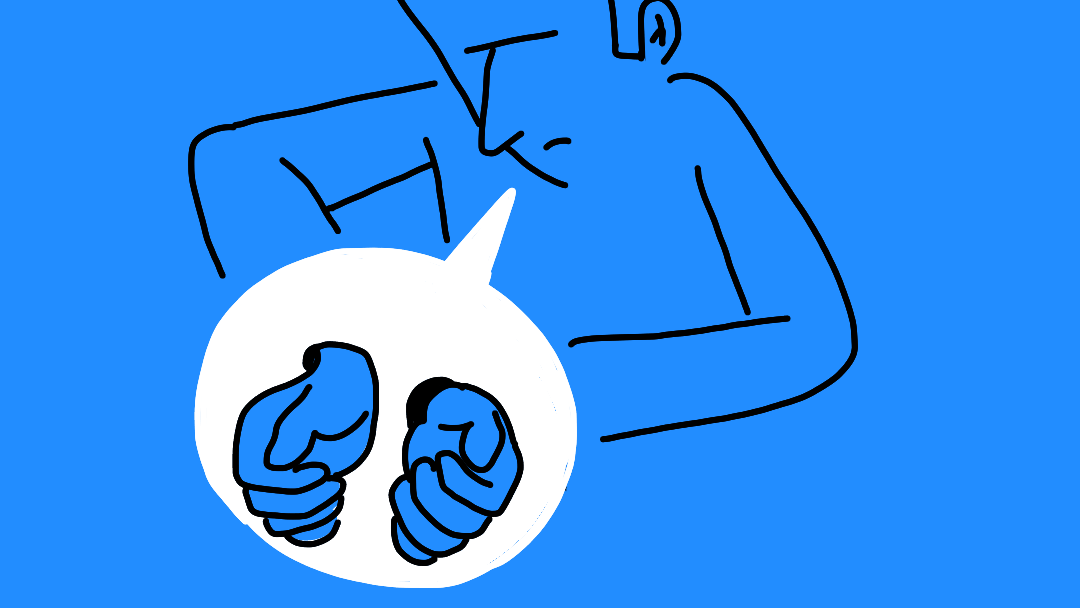Metaphors: The Impact of Surprises

Each drawing we create is like a tiny storybook.
Every person, and every action we draw tells a story.
But what really grabs your attention is when things take an unexpected turn.
In Visual Thinking, these unexpected twists are what we call disruptions.
Imagine this: two people are talking in a drawing. It seems simple, right? But what makes it interesting is the disruption — that surprising moment that makes the story more exciting.
Disruptions in art Visual Thinking happen in different ways. It might be a surprising action, something that happens unexpectedly.
Or it could be a surprising setting, a background that's different from what you'd expect. For example, think about a scene where one person asks another for help.
The disruption isn't the request for help, but the surprising part is that the other person says no.
Disruptions aren't just about actions. The setting is important too.
Picture a place where two speech bubbles come together, makin...
Transforming overseen clichés into Meaningful Metaphors

Have you ever noticed how easy it is for our brains to overlook the familiar?
A speech bubble remains a speech bubble, until you unlock its hidden potential through a simple yet powerful technique. In our daily lives, we encounter symbols that have become almost second nature to us.
Cliché symbols serve their purpose, but over time, they become background noise in our visual landscape.
Our brains have a remarkable ability to filter out the commonplace.
Imagine for a moment, though, that you have the power to disrupt this pattern. That you can give a new life to the most ordinary symbol.
It all begins with a single question:
"Can I use it in other ways?"
This simple question holds the potential to be a game-changer in how we perceive and utilize symbols. It invites us to step beyond the boundaries of convention, prompting a fresh exploration of possibilities.
Suddenly, that speech bubble is no longer limited to its traditional role. It becomes a canvas for c...

